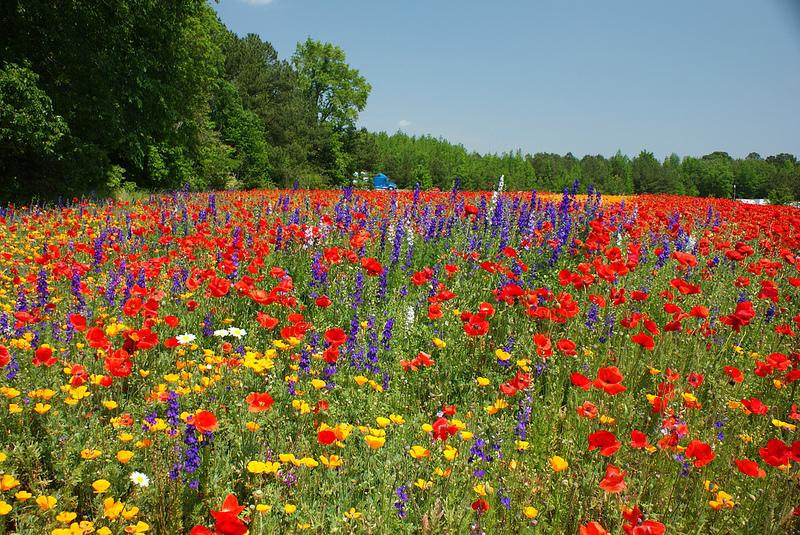

Insects remain an essential food to adults and young throughout summer and early fall. In early spring, diets shift from seeds to insects and leafy green vegetation. Acorns are preferred over all other foods from fall through early spring when available. Persistent, hard- coated legume seeds are a staple food in winter.


Quail prefer grass seeds during fall, but grass seeds spoil rapidly and are depleted quickly. During fall and winter, quail eat energy-rich seeds produced by grasses, legumes, other herbaceous plants, trees, and shrubs. Quail feed seasonally on fruits, leafy vegetation, and insects, but seeds make up the bulk of their diet throughout most of the year. Their water needs are satisfied by drinking dew and eating berries and insects, although they occasionally use water holes or other water sources. Quail do not require a significant amount of water. Quail live in forest openings, open woods, fallow fields, and along the edges of cultivated fields that produce abundant food and provide adequate cover. Like all other wildlife, quail require food, shelter, and water to survive and reproduce.

Although pairs may begin building a nest and laying during April, covey breakup is often not complete until mid-May. Pair bonds are usually formed between covey members. Initially, coveys may split into pairs or other small subunits during the day and regroup to roost as a covey at night. The early stages of covey breakup coincide with when males, or cocks, start whistling their characteristic bobwhite notes. In Alabama, coveys start breaking up by mid-April. In poorer habitats where ample cover is scarce, coveys are forced to range over larger areas.Īs days become longer and temperatures warm during early spring, coveys begin to disband. Coveys may restrict their activities to as little as 10 to 40 acres in good winter habitat. Quail remain in coveys, feeding and roosting as a unit throughout winter. In the late afternoon, coveys feed again before forming a covey circle on the ground to roost at dusk. Quail typically spend early daylight hours feeding and mid-day resting, preening, and dust bathing. These groupings, called coveys, protect the group by lessening the likelihood of predation on individual birds. In autumn, quail form loose groupings of 9 to 14 birds. Management techniques can, however, be used to increase quail populations in areas where they once existed. In many forests, dense trees and a lack of periodic prescribed burns have also reduced the habitat available to quail. Clean farming practices destroy brushy fencerows and enlarge field sizes, and non-native invasive forage grasses have replaced native bunch grasses. Over time, quail numbers have steadily declined due to changes in agricultural practices that have diminished their habitat. Quail thrived throughout Alabama, primarily because of land-use patterns. Once known as the prince of game birds, the bobwhite quail was the most popular game bird in the south when most agricultural crops were grown in small patches.


 0 kommentar(er)
0 kommentar(er)
